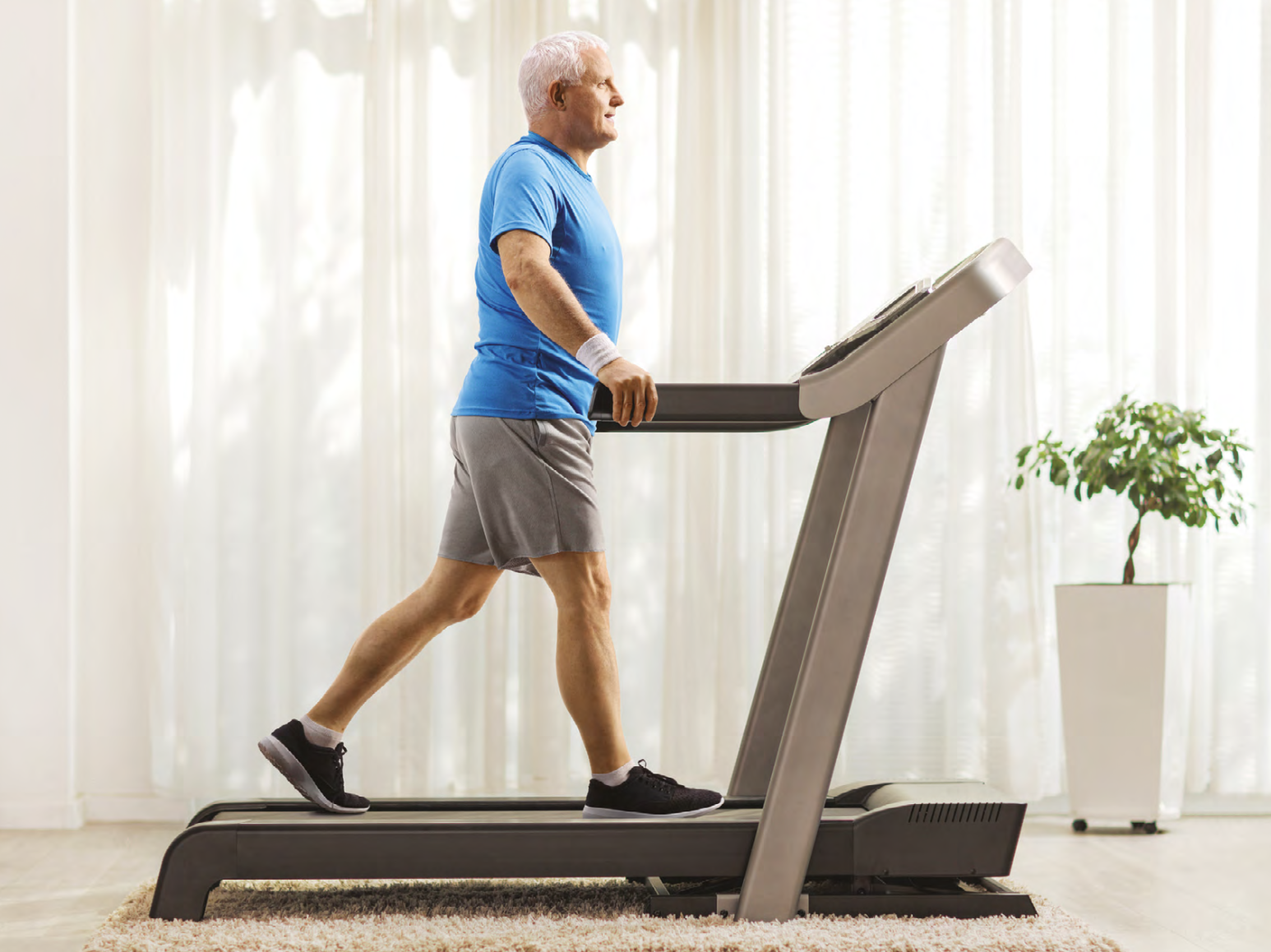By Lewis Ingram, Hunter Bennett, Saravana Kumar, University of South Australia
You want to work up a sweat and give your heart a run for its money in the comfort of your home, but which equipment is the best option? Here’s what you need to know about cardio equipment before you head out to the stores.
Cardio, short for cardiovascular exercise, refers to any form of rhythmic physical activity that increases your heart rate and breathing so the heart and lungs can deliver oxygen to the working muscles. Essentially, it’s the type of exercise that gets you huffing and puffing—and fills many people with dread.
People often do cardio to lose weight, but it’s associated with a variety of health benefits including reducing the risk of heart disease, stroke, and falls. Research shows cardio also improves cognitive function and mental health.
The World Health Organization recommends a minimum of 150 minutes of moderate-intensity or 75 minutes of vigorous-intensity cardio per week.
There are many ways to do cardio, from playing a team sport, to riding your bike to work, to going for a jog. If you’re willing and able to invest in a piece of equipment, you can also do cardio at home.
The treadmill, stationary bike, and rowing machine are the most popular pieces of cardio equipment you’ll find in a typical gym, and you can buy any of these for your home too. Here’s how to know which one is best for you.
The Treadmill
In terms of effectiveness of exercise, it’s hard to look past the treadmill. Running uses most of your major muscle groups and therefore leads to greater increases in heart rate and energy expenditure compared to other activities, such as cycling.
As a bonus, since running on a treadmill requires you to support your own body weight, it also helps to build and maintain your bones, keeping them strong. This becomes even more important as you get older as the risk of developing medical conditions such as osteopenia and osteoporosis—where the density of your bones is reduced—increases.
But the treadmill may not be for everyone. The weight-bearing nature of running may exacerbate pain and cause swelling in people with common joint conditions such as osteoarthritis.
Also, a treadmill is likely to require greater maintenance (since most treadmills are motorized), and can take up a lot of space.
Stationary Bike
The stationary bike provides another convenient means to hit your cardio goals. Setting the bike up correctly is crucial to ensure you are comfortable and to reduce the risk of injury. A general rule of thumb is that you want a slight bend in your knee, as in the picture below, when your leg is at the bottom of the pedal stroke.
While cycling has significant benefits for cardiovascular and metabolic health, since it’s non-weight-bearing it doesn’t benefit your bones to the same extent as walking and running. On the flipside, it offers a great cardio workout without stressing your joints.
Rowing Machine
If you’re looking to get the best cardio workout in the least amount of time, the rowing machine might be for you. Because rowing requires you to use all of your major muscle groups including the upper body, your heart and lungs have to work even harder than they do when running and cycling to deliver oxygen to those working muscles. This means the energy expended while rowing is comparable to running and greater than cycling.
But before you rush off to buy a new rower, there are two issues to consider. First, the technical challenge of rowing is arguably greater than that of running or cycling, as the skill of rowing is often less familiar to the average person. While a coach or trainer can help with this, just remember a good rowing technique should be felt primarily in your legs, not your arms and back.
Second, the non-weight-bearing nature of rowing means it misses out on the same bone health benefits offered by the treadmill—although there is some evidence it still can increase bone density to a smaller degree. Nevertheless, like cycling, this drawback of rowing may be negated by offering a more joint-friendly option, providing a great alternative for those with joint pain who still want to keep their heart and lungs healthy.
So, What’s the Best Option?
It depends on your goals, what your current health status is, and, most importantly, what you enjoy the most. The best exercise is the one that gets done. So, choose whichever piece of equipment you find the most enjoyable, as this will increase the likelihood you’ll stick to it in the long term.
Source: theconversation.com






